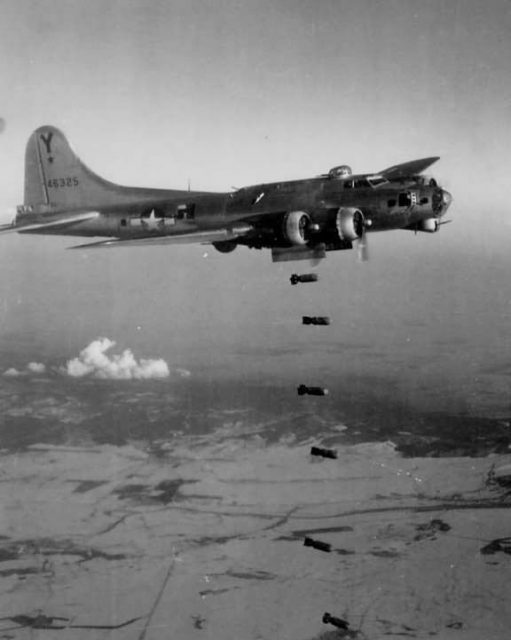The Flying Fortress in 25 Images

The beloved Boeing B-17 Flying Fortress is amongst the most produced bombers in history, with over 12,500 units being built. This is behind only two other aircraft; the US B-24 Liberator and German made Junkers Ju-88.
The United States Army Air Corps (USAAC) laid out their requirements for a new bomber on 8th August 1934. It needed to carry high bomb loads, max out at around 200 mph and be able to fly at high altitude.
All seemed great for Boeing until on the next test the Model 299 crashed, resulting in Boeing’s disqualification from the competition. Douglas would claim victorious with DB-1.
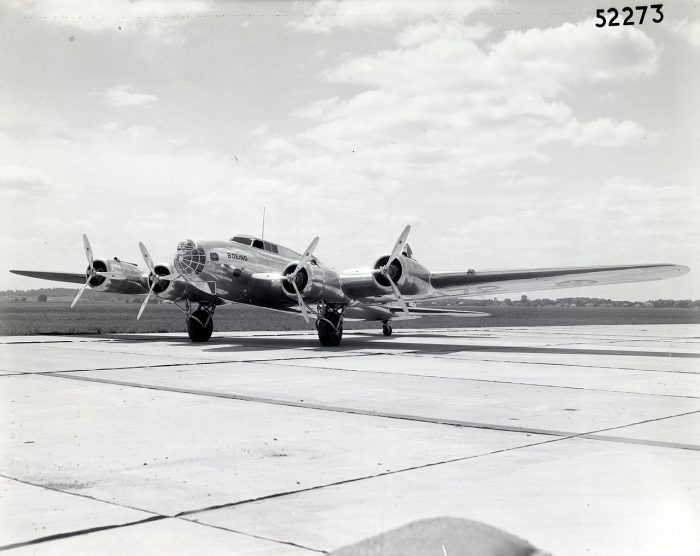
The crash however was not the end of the line for the Model 299, as its performance was noted by the USAAC. After modifications, its name was changed to the YB-17 and an order was placed in January 1936 by the USAAC for thirteen aircraft, under the name B-17.
The B-17 for the day was a very modern and sleek looking design. The aircraft had 4 engines, with each Wright R-1820-97 “Cyclone” sending 1,200 hp to 3 bladed propellers. This meant the B-17 had a range of 2,000 miles, a maximum speed of 290 mph and could carry 6,000 lbs of bombs.
Manning the aircraft was 10 men: a pilot, co-pilot, navigator, a bombardier who also operated the nose guns, a flight engineer who was also the dorsal turret gunner, a radio operator, two waist gunners, a ball turret gunner, and a tail gunner.
The aircraft gained its name “Flying Fortress” from the fact it had 13 .50 Browning AN/M2 machine guns all round the aircraft. These were lighter versions of the .50 caliber Browning M2 guns that were cooled by the aircrafts slipstream, and had a significantly higher rate of fire.
The B-17s were first used in combat in 1941 by the US Army and Royal Air Force, where with the top secret Norden bombsight, they could accurately bomb targets from high altitudes. The sight was a complex primitive computer that would provide the bombardier with where the bombs should be released based on various known factors.
The B-17 was critical to crippling the German production output during the war by bombing factories, dockyard, military installations and anywhere that could be used in the German war effort. The crews of were permanently at high risks on these missions.
One unsuccessful mission in October 1943 against a ball bearing factory resulted in the loss of 60 B-17s and almost 600 men.
Heavy damage was done to factory by the raid, but it only troubled German ball bearing production for 6 weeks.
By 1944 on the Western Front the B-17 was the most used aircraft, where, although with heavy losses at times, succeeded in crippling German factories. In the Pacific however they didn’t see the same success. Bombs were far less accurate due to the higher altitudes of the missions there.
Although they did sink multiple Japanese ships in the Battle of Bismarck Sea.
The last USAF mission of the B-17 was in August 1959, where it was retired a few days later. As a whole, the B-17 served with 15 different variants and provided huge contributions to the war. Their fam meant they featured in movies, like the 1949 film “Twelve O’clock High”, and the 1990 movie “Memphis Belle.”
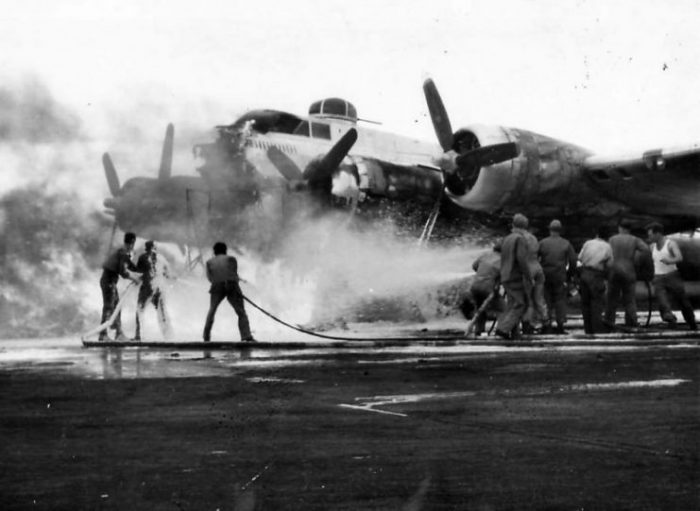
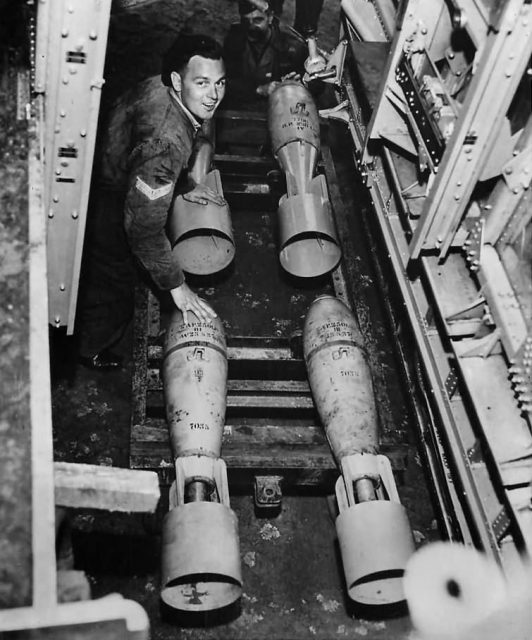

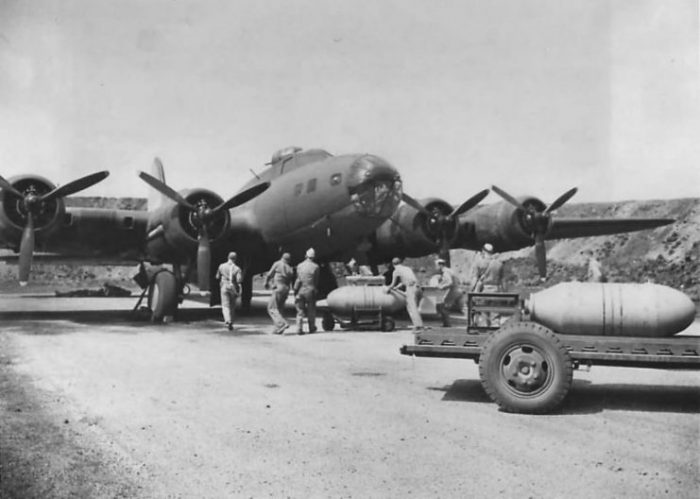

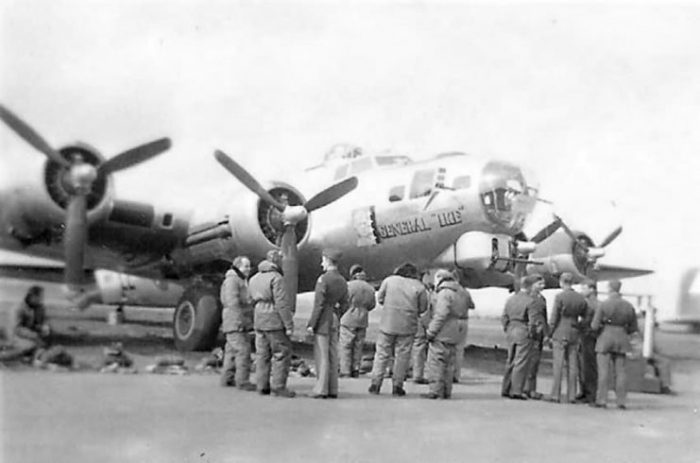
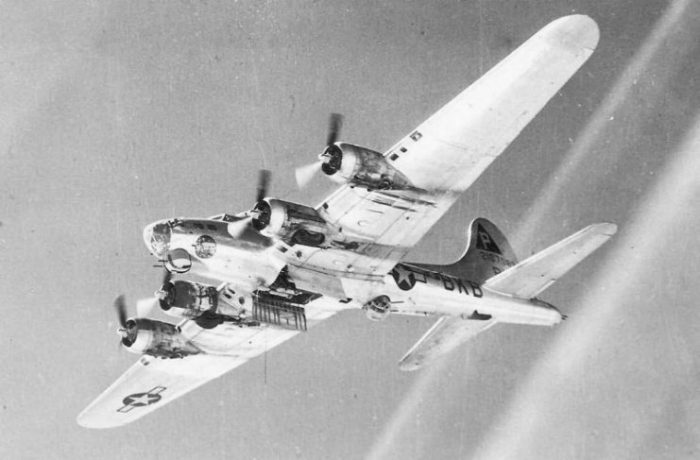
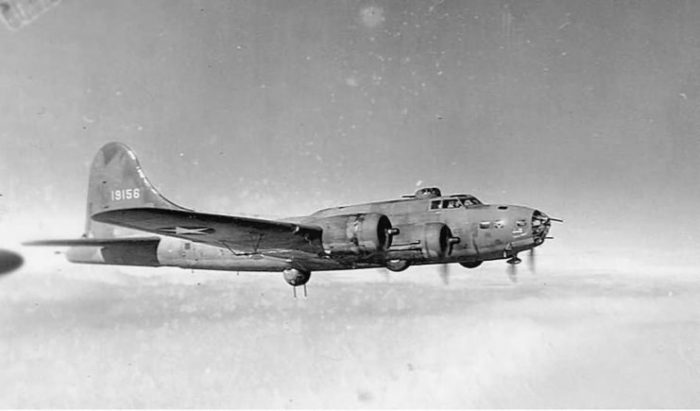
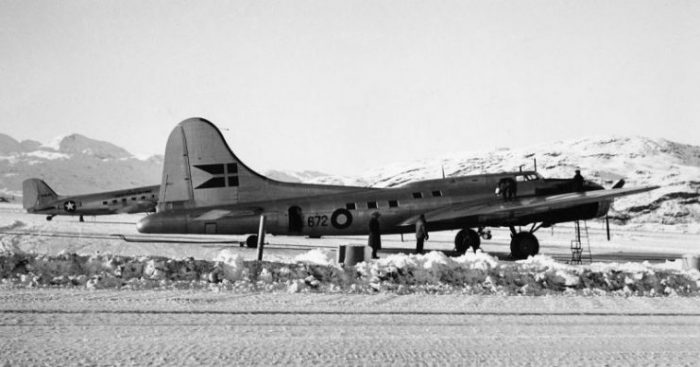
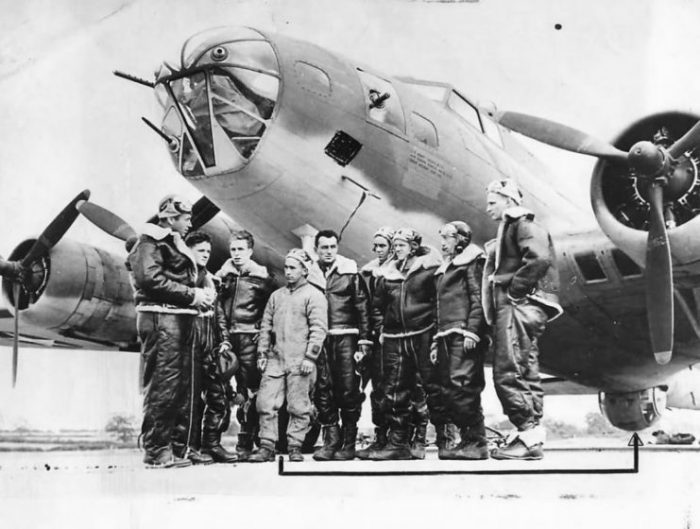
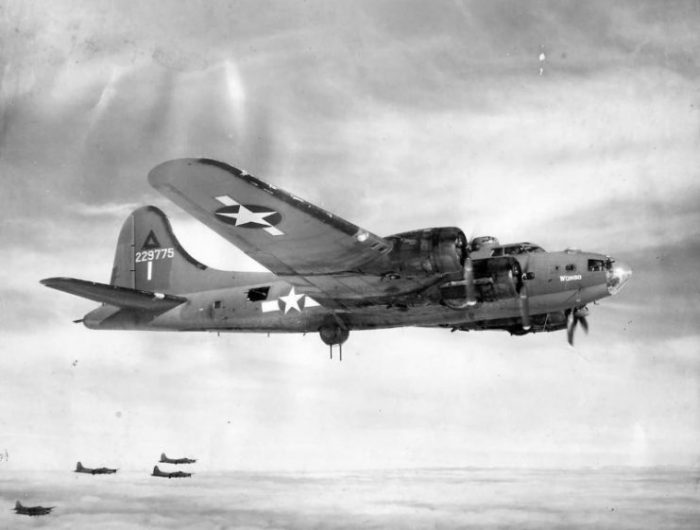
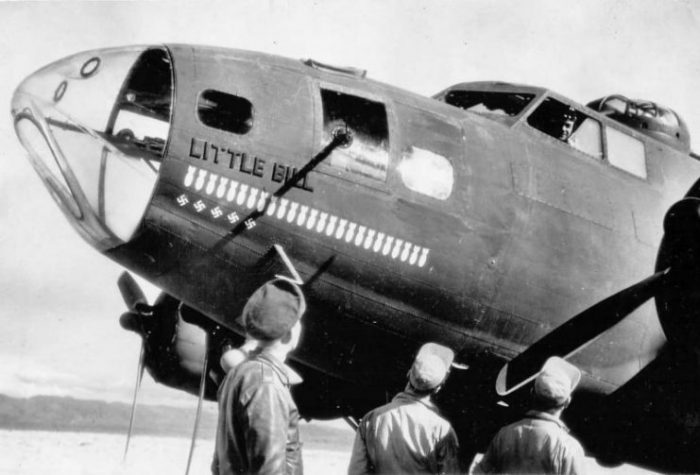
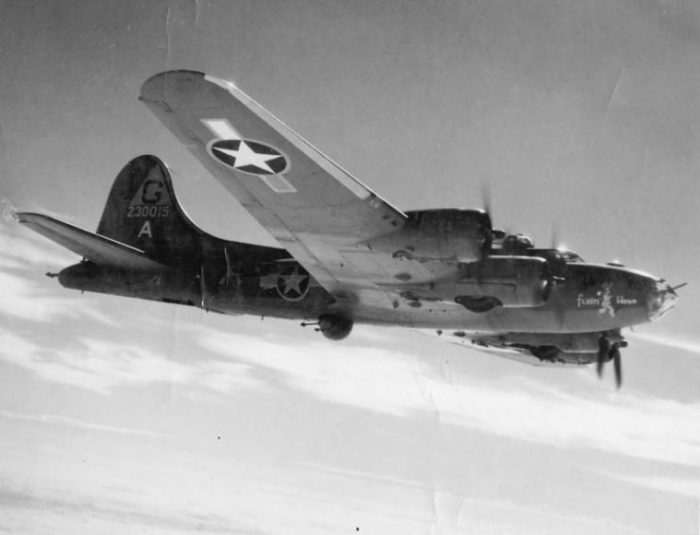
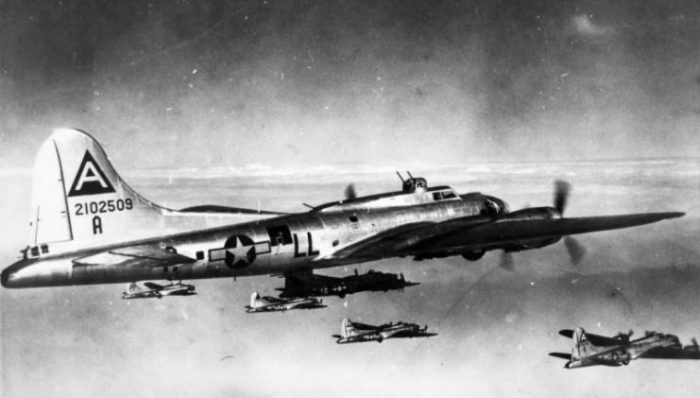
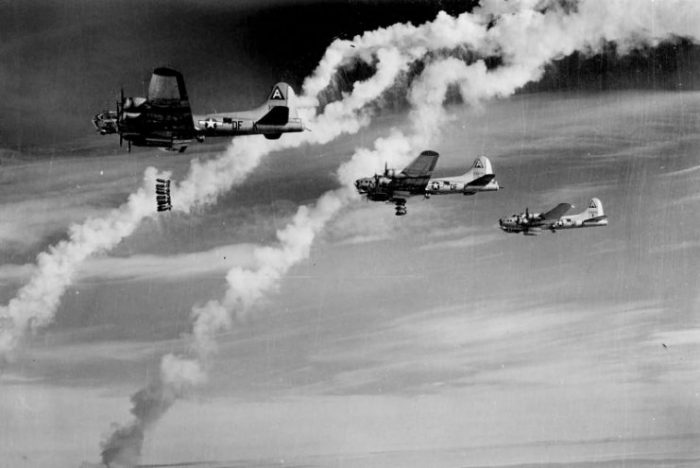
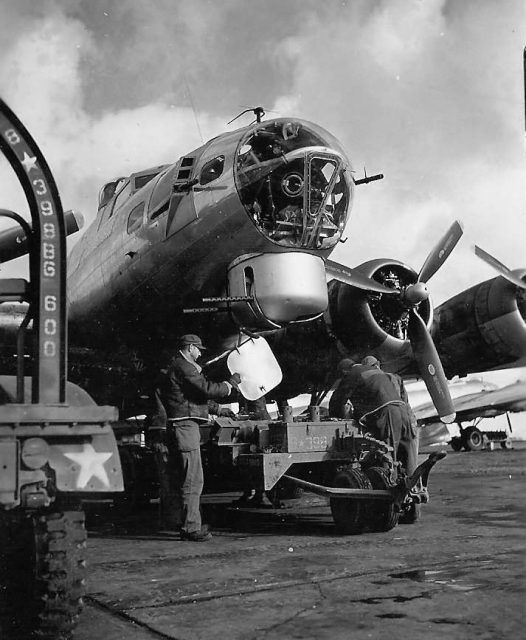
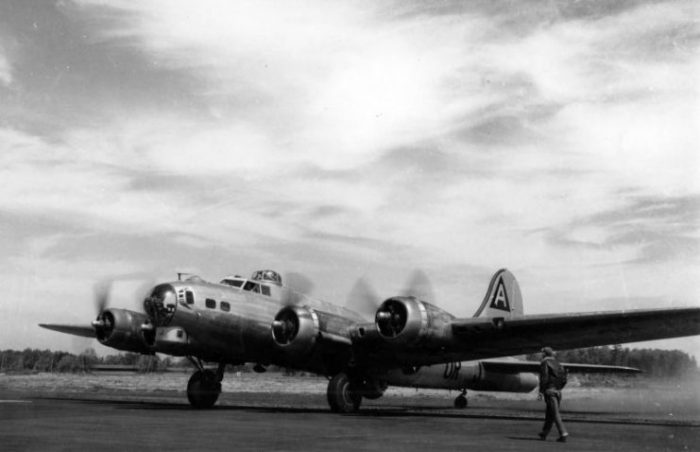

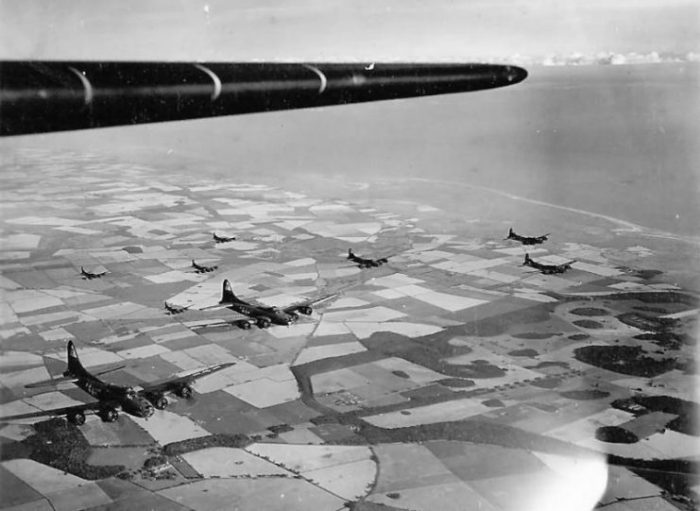
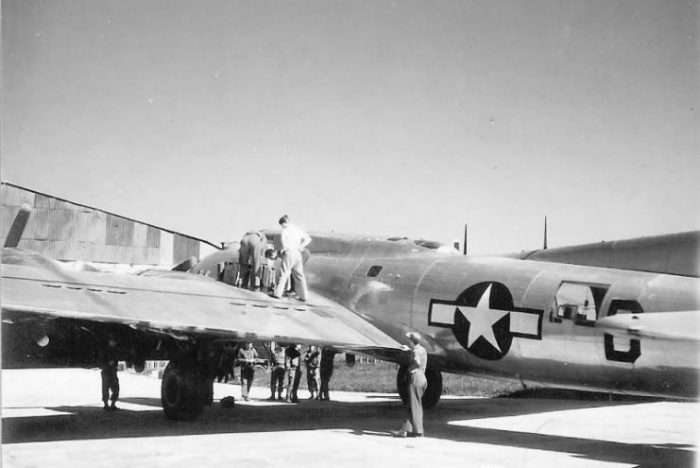

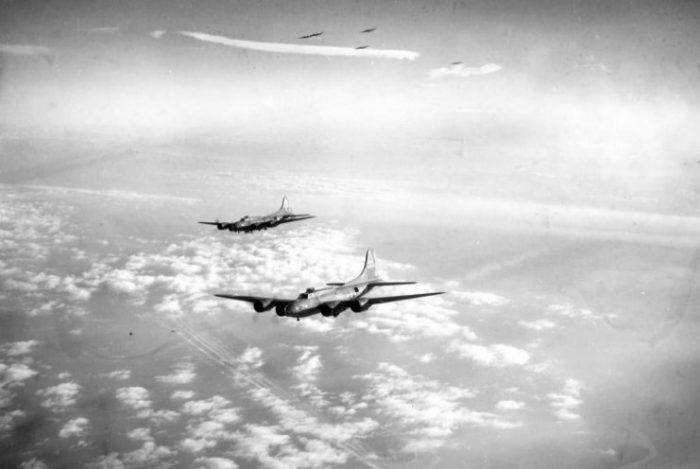
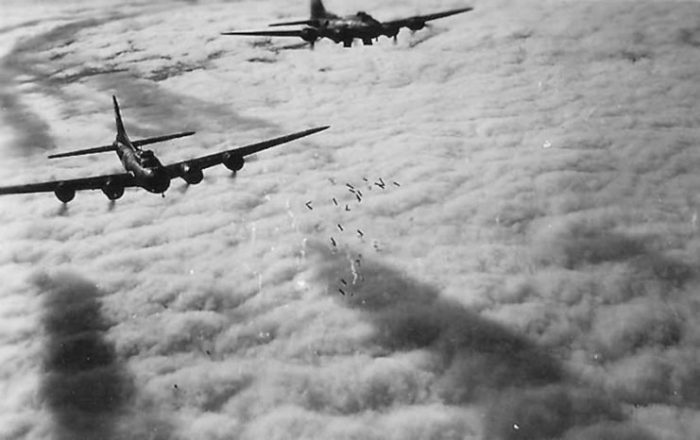
Another Article From Us: Lost and Found: B-24 Lady-Be-Good a Tragic Tale of Resilience in the Desert
